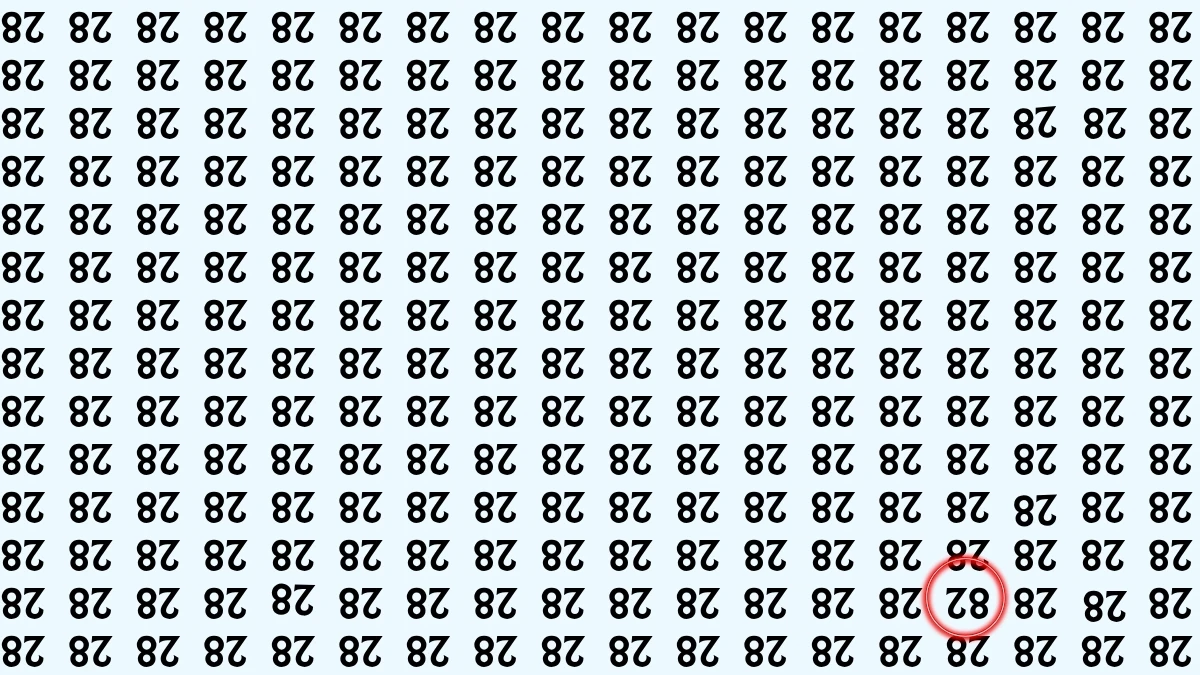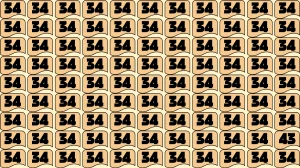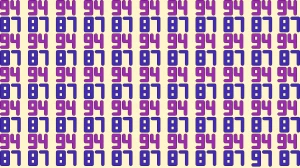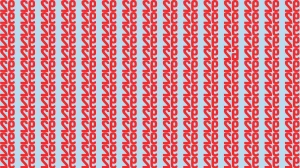Optical Illusion
Optical illusions are fascinating visual phenomena where the brain interprets an image in a way that deviates from reality.
This happens due to the way light, color, and shape are perceived, often creating effects where we see things that aren't physically present or interpret an image in a way that conflicts with logic.
Some illusions occur because of the brain's attempt to make sense of visual cues, filling in missing information or taking shortcuts based on past experiences.
For instance, certain patterns, contrasts, or colors can trick the eyes into seeing motion, depth, or even different shapes, depending on how the image is presented.
Optical illusions can be fun, but they also offer valuable insights into how our brains process and interpret visual stimuli, revealing the complexity of perception and the limitations of our senses.
Try this Challenge: Within 9 Seconds Spot The 3 Differences in this Boy Image
Optical Illusion IQ Test: Are You A Genius? Within 9 Seconds Spot The Inverted 82 among Inverted 28s
This optical illusion IQ test is designed to challenge your observation skills and test your brain's ability to spot patterns quickly.
In this puzzle, you are tasked with finding the inverted 82 among a sea of inverted 28s, all within a strict 9-second time limit.
The test is more than just about spotting a number—it also measures how quickly and accurately you can process visual information under pressure.
Optical illusions like this are designed to trick your brain into seeing things differently, making it a fun yet challenging exercise.
Only those with sharp eyes and quick reflexes will be able to identify the correct number in time. Ready to prove you're a genius?
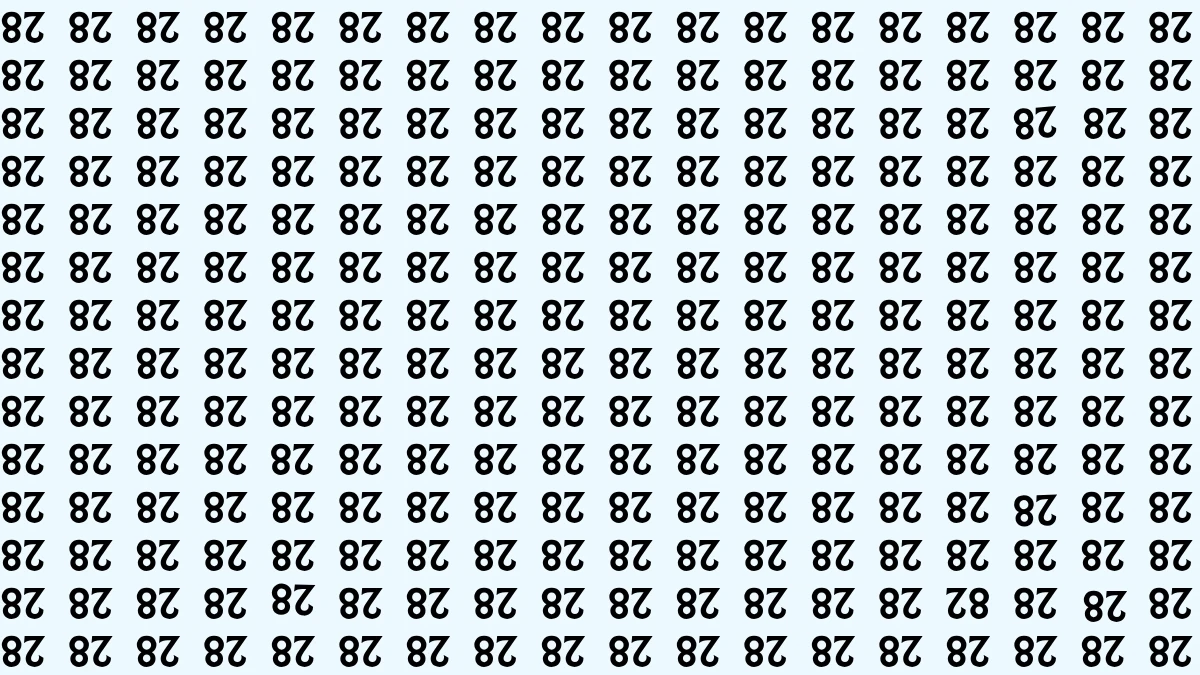
Must Try: Are You A Genius? Within 6 Seconds Spot The Number 3 among 5
Optical Illusion IQ Test: Are You A Genius? Within 9 Seconds Spot The Inverted 82 among Inverted 28s - Solution
At first glance, the numbers appear to be identical, but upon closer inspection, you’ll notice that the majority of the numbers are the same all inverted "28s." These "28s" look identical and form a consistent pattern across the grid.
However, one of the numbers is different: it's an inverted "82," which disrupts the otherwise uniform arrangement. The inverted "82" can be identified as it doesn’t align with the typical shape of the other inverted "28s."
With careful attention, you’ll spot it in the lower-left corner of the grid, standing out because it is mirrored differently. The illusion relies on quick perception, and spotting the anomaly among similar numbers challenges your attention to detail.
